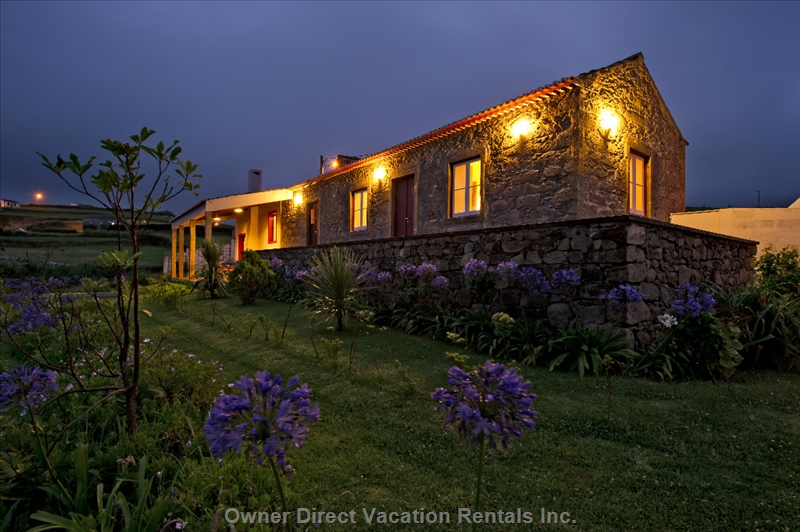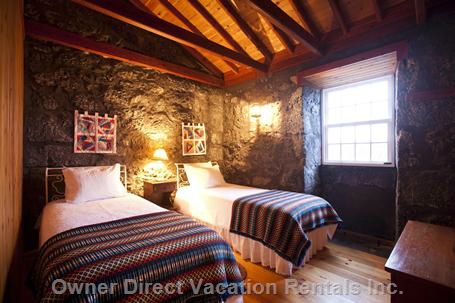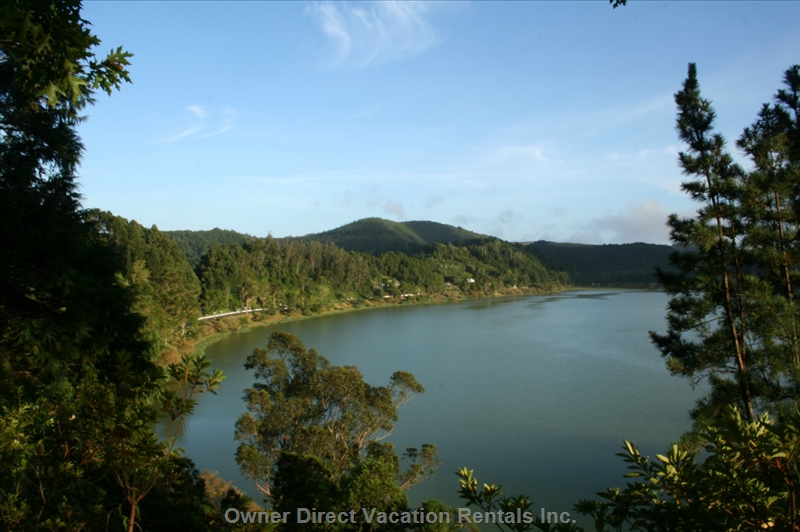Azores Islands Travel Guide



|
The Azores, officially referred to as the Autonomous Region of Azores, are a group of volcanic islands in Portugal. It is one of the two autonomous regions of the country. This cluster of beautiful islands scatters across the northern Atlantic Ocean and was formed through seismic activity due to its geographical location. Island hoppers will definitely love exploring the grandeur and natural wonders of this archipelago. The Azores are composed mainly of nine distinct islands: Corvo, the smallest island and a perfect getaway; Flores, a botanical garden to be explored; Faial, which is notable for its shield volcano; Pico, the highest in the Azores and the whole of Portugal; Graciosa and its Furnas do Enxofre; Sao Jorge, a long stretch of mountains, cliffs and fajas; Santa Maria with its amazing beaches; Sao Miguel, the largest island; and Terceira, where the largest craters in the region can be found. Each island offers a different and unforgettable experience making the Azores an excellent tourist destination. Corvo, one of the two westernmost islands in the Azores and geographically located in North America, is a tiny island and is home to one of Europes smallest communities. It is also the most isolated of the nine islands and is a perfect getaway for those who want to escape the city life. Here you can enjoy the traditional community where folks know all their neighbors and still speak medieval Portuguese. Birdwatchers flock the island for a glimpse of migratory species such as the American heron. Hikers will have a grand time following the trail from Caldeirao to Cancela do Pico while taking in the sights around a 300 meters deep caldera. Dive sites such as Gamela and Caneiro dos Meros attract divers to visit and explore around the island. The abundance of flowers, especially hydrangeas of blue and pink hue during summer, on this Azorean island gave it its name Flores. Another island that lies within the North American Plate, Flores is rich with natural wonders such as lagoons, waterfalls and crater lakes. One of the most notable waterfalls is located in Fajazinha, the 300-meter high waterfalls of Ribeira Grande. There are almost 20 waterfalls in this part of the island. This botanical garden is a UNESCO Biosphere Reserve. One of its most iconic attractions is the geological formation of Rocha dos Bordoes. The highest point in Portugal is situated on the island of Pico. The towering Montanha do Pico and its picture-perfect sceneries welcome visitors to the lovely island of vineyards. Caminhos de Santa Luzia is a UNESCO-designated site for its historical and volcanic vineyards. Whether wandering these vineyards or hiking the stunning Mount Pico, it is inevitable to admire the exhilarating views. For thrill-seekers, descending the 5km-long Gruta das Torres, the longest lava cave in the Azores, is a must. The island of Graciosa is a mixture of rough and rugged landscape and historical architecture. One of its main attractions is the 40-meter high Furna do Enxofre or Sulphur Cave. Its sulphuric lake and stalactites are sights to behold. Following the trail from Serra Blanca to Praia, diving and whale-watching are other activities travelers can enjoy while on the island. Interesting architectural structures are also prominent on Graciosa such as red-capped windmills, lighthouses and other historical buildings. Some notable sites you might want to check out are the lighthouses of Carapacho and Ponta da Barca, the churches of Nossa Senhora da Luz and Santa Cruz da Graciosa, or the Residence of the Captains-General. The long island of Sao Jorge is rich with fajas, a platform formed by landslides or lava flows, rocky cliffs and deep ravines. This island of wilderness is best for any outdoor pursuits such as mountain biking, canyoning, whale-watching and even canoeing. Santa Maria, the southernmost island in the Azores and also the oldest, is blessed with the most magnificent beaches among the region. Praia Formosa is renowned for its lovely white sand beach and water sports such as jet-skiing, kayaking and surfing. The island of Santa Maria is also endowed with the red desert known as Barreiro da Faneca, the only desert in this part of Portugal. A walk from Pico Alto to Anjos offers alluring sceneries of lush forests with different shades of green. Worth visiting is the largest island of the Azores, Sao Miguel. The Green Island is known for its various calderas, hot springs and diverse marine life. The major tourist attraction is a 3-hour long organized tour in Ponta Delgada, the Lagoa das Sete Cidades Furnas Villa do Nordeste Sightseeing. Some of the sites included are Furnas, where natural hot springs attract tourists, Lagoa do Fogo, a popular destination where visitors revel in the picturesque volcanic landscape and beach views, and the most famous site in Sao Miguel, the Sete Cidades twin lakes surrounded by steep mountain walls. The view is exhilarating. Caldeira Velha waterfall and the Gorreana Tea factory are must-visits too. In Terceiras back roads lies a UNESCO-listed site, the Azores oldest city Angra do Heroismo. Its 16th century fortress and the well-preserved Renaissance old town are a journey to the past. At its center is the ancient lava tube Algar do Carvao where visitors can descend. The looming Serra de Santa Barbara massif is also a fantastic sight. If you are into whale-watching, the best Azorean waters for this can be found near the island of Faial. Blue whale, humpback, or even sperm whales are commonly sighted in this part of the Atlantic Ocean. |
|
Other Related Travel Articles:
|
OwnerDirect.com | we have much to see